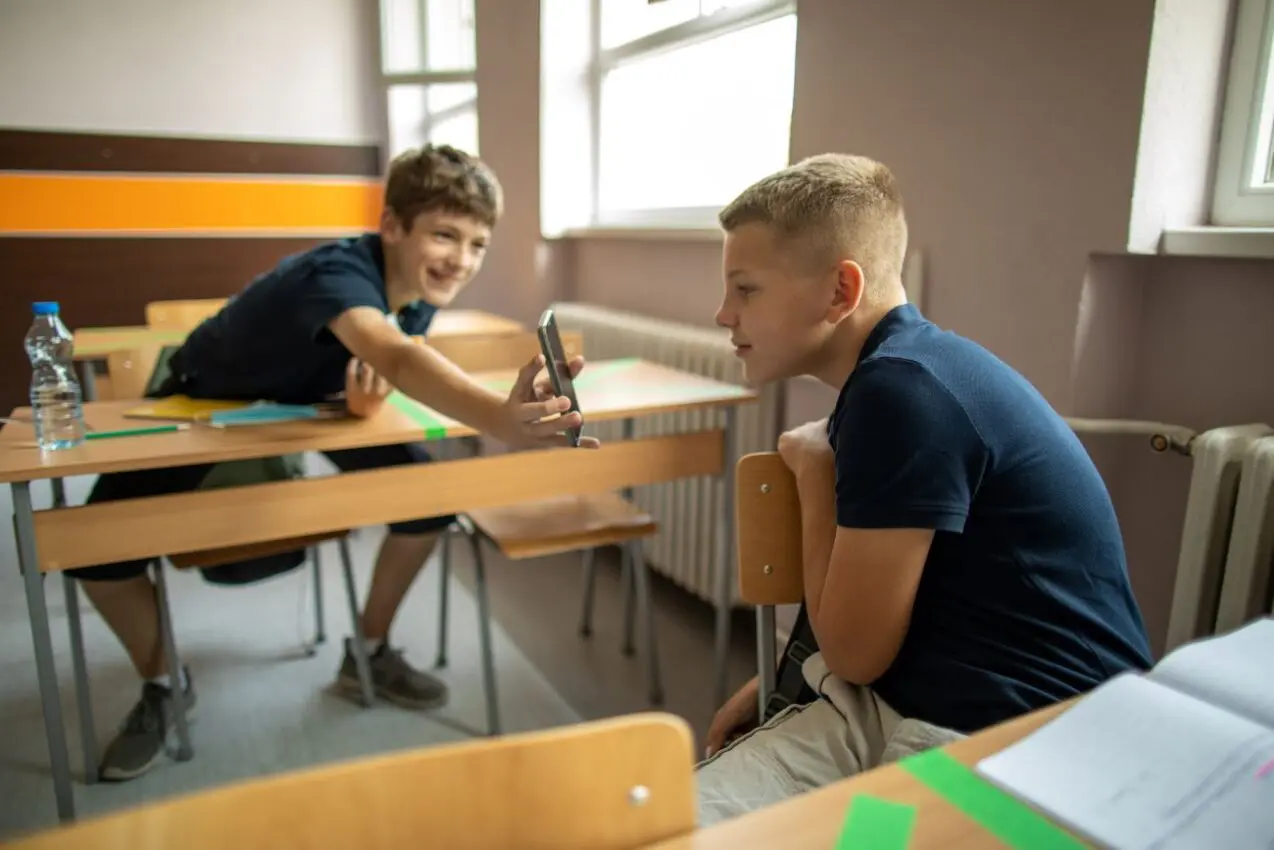Earlier this year, several eighth graders at Great Valley Middle School in Malvern, Pennsylvania, created TikTok accounts impersonating teachers, leading to a wave of online harassment that shook the school.
One day in February, about 20 Great Valley teachers were shocked to find phony TikTok profiles using their names and photos. These accounts featured real photos of the teachers, often including their families, accompanied by inappropriate and offensive content. The posts ranged from pedophilia innuendos to racist memes and fabricated sexual encounters between staff members.
Patrice Motz, a veteran Spanish teacher at the school, discovered a fake TikTok profile using her name and a family photo. The profile posted a photo with text in Spanish implying pedophilia. She felt deeply disturbed and was not alone in her distress. One particularly nasty account posted a family photo of a teacher with the Spanish text "Do you like to touch kids?" and "Yes" plastered over it.
These fake profiles reached hundreds of students, who eagerly followed and interacted with accounts impersonating a quarter of the school's teachers. The targeted teachers described feeling gutted and demoralized by their students' thoughtless cruelty.
Once the situation came to light, school officials scrambled to deal with all 22 fake accounts. The principal, Edward Souders, sent emails to parents of eighth-graders describing the accounts as portraying teachers in a disrespectful manner. The school also held an assembly on responsible technology use for the eighth-grade class.
The school's hands were somewhat tied when it came to punishment, as student speech outside of school is legally protected. A few kids got short suspensions, but many teachers thought this was a slap on the wrist, given how vicious the cyberbullying was.
The incident has significantly impacted the educators targeted by this student social media misconduct. Some teachers have become hesitant to call out misbehaving students in class, while others struggle to maintain their enthusiasm for teaching. The online harassment has left many wondering about the long-term effects on students' ability to empathize and respect authority figures.
Shawn Whitelock, a social studies teacher at Great Valley, was a victim of impersonation when a fake account posted a photo from his wedding with suggestive comments. He expressed concern about the damage to his reputation and the impact on his family.
The TikTok incident at Great Valley Middle School significantly escalated how students use social media to harass educators. Previously, such impersonations typically targeted one teacher or principal at a time. This group attack has raised broader concerns about students' use and abuse of popular online tools in educational settings.
In response to the educator online harassment, some states and districts have implemented restrictions or bans on student cellphone use in schools. These measures aim to limit peer harassment and cyberbullying on various social media platforms.
TikTok's guidelines prohibit misleading behavior, including accounts that pose as real people without disclosing that they are parodies or fan accounts. The platform stated that its U.S.-based security team validates ID information in impersonation cases and then deletes the data. However, some teachers reported difficulty in having the fake accounts removed.
The TikTok fiasco has sparked talks about teaching kids to use technology responsibly and increasing the protections for teachers against online abuse. Motz, Whitelock, and other affected teachers are pushing hard for better ways to tackle this growing issue of social media misuse in schools.
As similar incidents emerge across the country, schools, families, and tech companies may need to reassess their approaches to fostering a safe and respectful online environment for all.

 Trump returns to Madison Square Garden for UFC event as he builds out administration
Trump returns to Madison Square Garden for UFC event as he builds out administration
 Olav Thon, billionaire Norwegian real estate developer, dead at 101
Olav Thon, billionaire Norwegian real estate developer, dead at 101
 Your next new car could cost more than $50,000
Your next new car could cost more than $50,000
 Half a million evacuated as Super Typhoon Man-yi makes landfall in the Philippines
Half a million evacuated as Super Typhoon Man-yi makes landfall in the Philippines
 Tropical storm Sara drenches Honduras’ northern coast, with flash flooding and mudslides in forecast
Tropical storm Sara drenches Honduras’ northern coast, with flash flooding and mudslides in forecast
 US utilities want Trump, Republicans to save inflation act, Edison CEO says
US utilities want Trump, Republicans to save inflation act, Edison CEO says
 G7 confirms pledge to impose severe costs on Russia for Ukraine war
G7 confirms pledge to impose severe costs on Russia for Ukraine war
 Indiana rewards Curt Cignetti for 10-0 season with new 8-year contract
Indiana rewards Curt Cignetti for 10-0 season with new 8-year contract
 23XI Racing and Front Row can compete in 2025 while suing NASCAR after clause removed from contracts
23XI Racing and Front Row can compete in 2025 while suing NASCAR after clause removed from contracts

